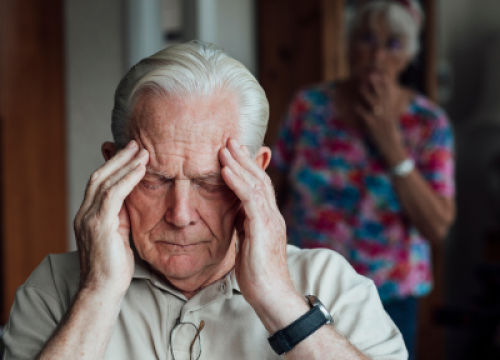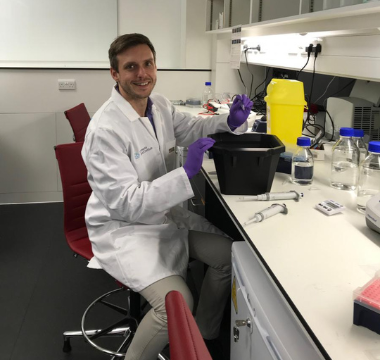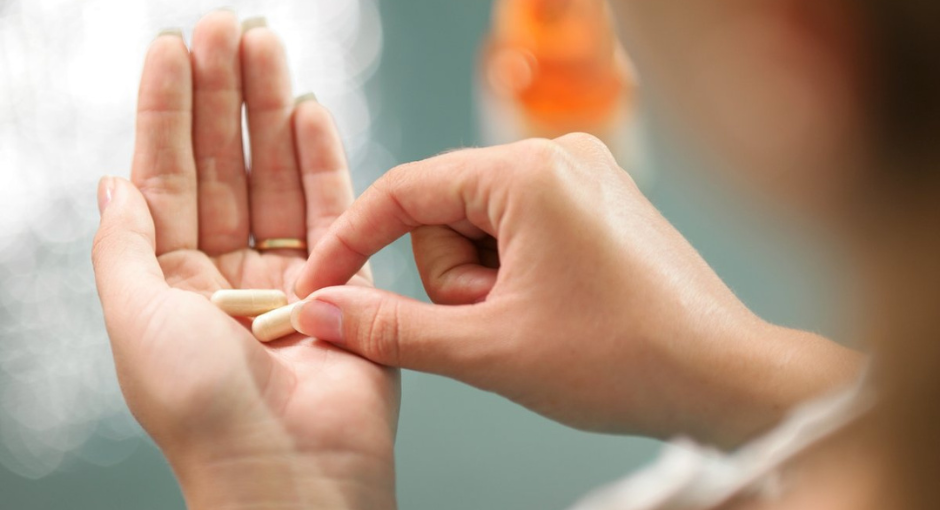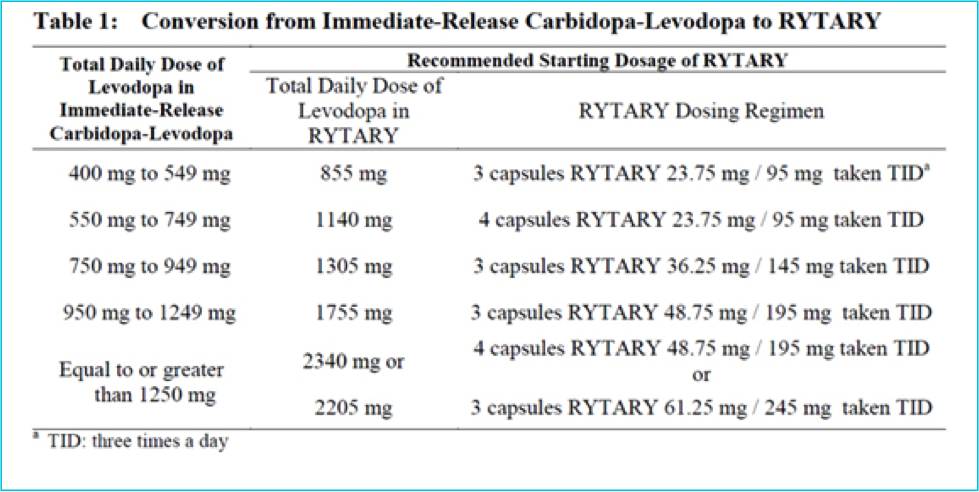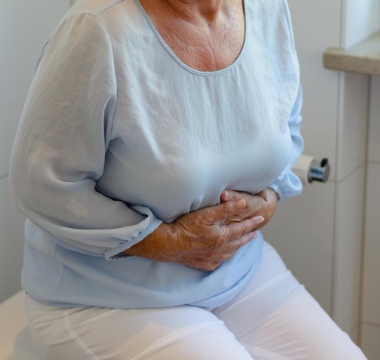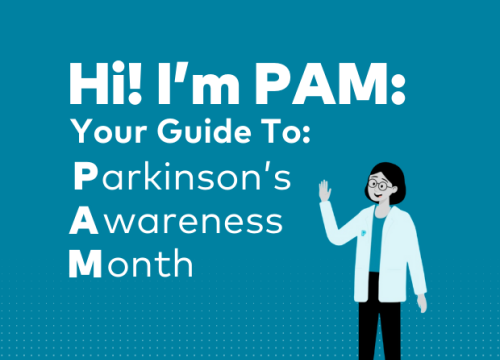PD and Medication: What's New?

Since its launch in the late 1960s, carbidopa/levodopa (brand name SINEMET®) is still the most effective Parkinson’s disease (PD) motor symptom treatment. However, it doesn’t address all facets of the disease. Medications to bolster its effectiveness and treat PD-related non-motor symptoms are newly available or just on the horizon.
This article is based on a Parkinson’s Foundation Expert Briefings webinar exploring innovative PD treatments by Rajesh Pahwa, MD, Director, Parkinson and Movement Disorder Division, University of Kansas Medical Center, a Parkinson’s Foundation Center of Excellence.
Pioneering Medicine
It’s an exciting time for PD drug advances. While gene therapy benefits are still being studied, many new medications are on the market or are soon to be. These new treatments are designed to tackle Parkinson’s disease challenges, including:
- Psychosis – hallucinations and delusions.
- Orthostatic hypotension – a blood pressure drop when rising or standing.
- “Off” time – when symptoms and movement difficulties increase.
- Dyskinesia – abnormal, involuntary muscle movement.
- Dementia – memory and thinking declines.
- Falls – PD can cause slowness of movements, increasing falling and other risks.
Current Treatments
Parkinson's Disease Psychosis
PD-associated psychosis can be caused by the disease itself or PD medications. Challenging for people with PD and caregivers, symptoms include confusion, delusions and hallucinations. Report any changes to your medical team.
Pimavanserin (Nuplazid®), newer to the market, is the only approved treatment for PD psychosis. It does not block dopamine or worsen motor symptoms. It can improve hallucinations, delusions, night-time sleep and daytime sleepiness. Side effects include nausea, confusion and hallucinations.
Orthosstatic Hypotension
From 20 to 50 percent of people living with PD experience a significant blood pressure drop upon standing, known as orthostatic hypotension; certain medications can worsen this. This drop can cause lightheadedness or fainting, and other symptoms.
Droxidopa (NORTHERA®) treats lightheadedness. It should not be taken within five hours of bedtime. Side effects include headache, dizziness, nausea, fatigue and high blood pressure when lying down.
"Off"-Time Advancements
Levodopa is synthesized in the brain into dopamine, making it key to PD symptom management. But several factors can interfere with steady, accurate dose delivery. When medication is not taken on time, or absorption is delayed, freezing and other sudden and debilitating motor symptoms can occur. These newer medications can help tackle “off” periods.
Carbidopa/Levodopa Enteral Suspension (Duopa™)
Duopa™ therapy, a newer carbidopa/levodopa treatment, can benefit people with advanced PD who respond well to levodopa and experience three or more “off” hours daily. It’s delivered in gel form (called enteral suspension). Duopa™ users must first have surgery to place a tube in their intestine that is later connected to a pump that delivers Duopa™.
Safinamide (XADAGO®)
Safinamide tablets (XADAGO®) are an add-on treatment for people with Parkinson’s taking carbidopa/levodopa and experiencing “off” times. Safinamide is a monoamine oxidase B (MAO-B) inhibitor that can reduce “off” times up to 55 minutes a day, without dyskinesia. Interactions include other MAO-B class drugs, certain antidepressants and the cold medicine dextromethorphan. Anyone taking a PD medication should talk to their doctor and pharmacist about potential drug interactions.
On-Demand Therapy
Levodopa Inhalation (INBRIJA™)
The levodopa inhalation powder INBRIJA™ is an add-on drug for “off” periods in people taking carbidopa/levodopa. Administered via inhaler, it can be used up to five times a day, improving “off” symptoms as soon as 10 minutes and lasting up to 60 minutes. This can improve symptoms for people with decreased gut motility while waiting for oral carbidopa/levodopa to take effect.
Amantadine ER capsules (GOCOVRI®)
This is the only medication to treat dyskinesia and “off” time in people with PD taking carbidopa/levodopa. It must be taken before bedtime and provides control of dyskinesia upon awakening and throughout the day. It can cause hallucinations and lightheadedness. This medication is different from immediate-release amantadine and amantadine ER tablets (OSMOLEX ER™) which are not approved for dyskinesia or “off” time.
IncobotulinumtoxinA (XEOMIN)
More than 50 percent of people with PD can have excessive drooling, causing skin breakdown around the mouth, odors, embarrassment or choking. Two injections on the face, every 3-4 months of XEOMIN, can manage symptoms.
Future Therapies
Sublingual Apomorphine
Apomorphine is administered through injections under the skin. Sublingual apomorphine, dissolved under the tongue, can relieve “wearing off” episodes for people with Parkinson’s disease in 15 minutes and lasts up to 90 minutes. Side effects can include nausea, sleepiness, and dizziness.
Rimabotulinumtoxin B (MYOBLOC®)
Rimabotulinumtoxin B is currently approved for dystonia and used off-label for drooling. It is undergoing trials to treat drooling. Side effects include dry mouth, mild swallowing difficulty, mild chewing weakness and saliva thickness changes.
Adenosine A2 Antagonist: Istradefylline
A group of brain circuits called the basal ganglia play a role in causing PD symptoms. The basal ganglia have adenosine A2A receptors that are located next to dopamine receptors. Scientists believe that activating the dopamine receptor or blocking the adenosine A2 receptor can improve PD symptoms.
Istradefylline, an adenosine A2A receptor antagonist shows mild motor symptom fluctuation improvements. Approved for use in Japan, Istradefylline has also received U.S. FDA approval.
Subcutaneous Apomorphine Infusion
Available in Europe, subcutaneous apomorphine treatment offers a less invasive motor fluctuation treatment option. A small delivery tube placed under the skin is connected to an apomorphine-filled pumping device. It can reduce daily “off” time and possibly dyskinesia by reducing needed levodopa dose. Those with hallucinations and dementia might not be candidates.
Subcutaneous Carbidopa/Levodopa Pump
Two companies are currently developing pumps for continuous under-skin carbidopa/levodopa therapy to reduce “off” times and motor symptom fluctuations. The pumps can be used around the clock and don’t require surgery.
Carbidopa/levodopa extended release
New tests are underway for extended-release carbidopa/levodopa therapy to reduce “off” times and motor symptom fluctuations.
- Accordion Pill™, Carbidopa/Levodopa (AP-CD/LD) maker, will begin its Phase 3 clinical trial of new delivery technology. The Accordion Pill slowly releases treatment in the stomach for more steady absorption.
- IPX203, an investigational extended-release oral carbidopa/levodopa formulation that increases “on” time, is currently enrolling participants in its Phase 3 clinical study.
Opicapone
Experimental opicapone is a COMT (catechol-o-methyl transferase) inhibitor. This drug class can extend levodopa benefits. Available in Europe, opicapone reduces “off” time for people with PD experiencing levodopa effectiveness fluctuations.
If you have any questions about managing Parkinson’s, PD medications or caregiving, call our Helpline at 1-800-4PD-INFO (473-4636) on weekdays from 9 a.m. to 8 p.m. You can also check out these resources:
Related Blog Posts

Extreme Weather Emergency Preparedness

Your Guide to the Holidays with Parkinson’s






